Ouyang Xun, courtesy name Xinben, was born in Linxiang, Tanzhou (today's Changsha, Hunan). He had extraordinary intelligence since childhood and was well-read in classics and history. He served as Dr. Taichang in the Sui Dynasty and had a close friendship with Li Yuan. After serving in the Tang Dynasty, he became the crown prince. He was a bachelor of Lingeng Ling and Hong Wen Guan, ranking first among the four masters of regular script.
Zhang Huaiguan, a calligrapher of the Tang Dynasty, wrote in "Shuguan", a book commenting on calligraphers and calligraphy: "The eight styles of inquiry are as good as theirs, and the writing power is strong and dangerous. The seal style is especially exquisite, with flying white crowns, superior to the ancients, disturbing the dragons and snakes fighting. Like an elephant, the clouds and mist are lightly enveloping it, and the thunder is stirring a few times, and it moves like a god."
It can be seen from this that Ouyang Xun is proficient in various calligraphy styles, and each of them is written perfectly, especially his own Ou regular script style, which is known as the authentic regular script and the first of the four major regular scripts.

This also led many calligraphy enthusiasts in later generations to start studying Ouyang Xun's calligraphy, because if you want to practice good calligraphy, you must first have a suitable calligraphy book. If you have a certain foundation in calligraphy, it is recommended that you start with Ouyang Xun's works. .
Ouyang Xun has many handed down works, but the most famous one is undoubtedly "Jiucheng Palace Liquan Ming".
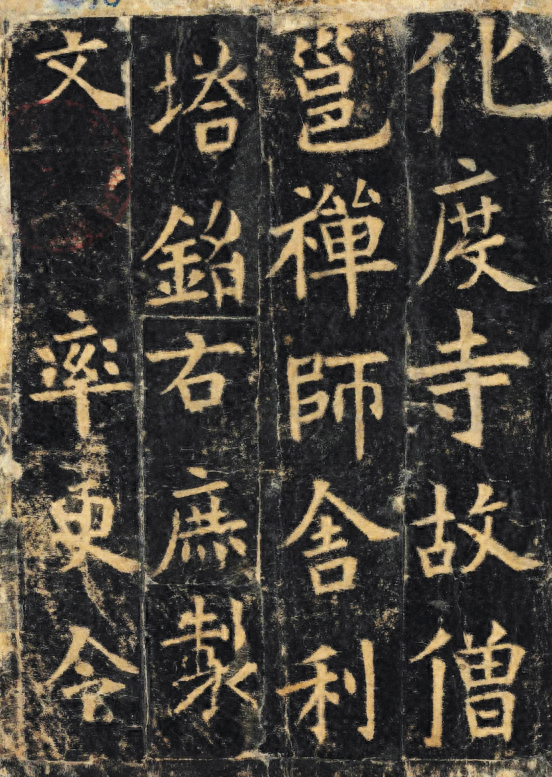
It is said that when Emperor Taizong of the Tang Dynasty spent the summer in this palace, there was no water. He used his staff to guide the ground, and the water was sweet. He dug it into a spring. Because of its name, Longyan was so happy that he ordered Wei Wei to write an article to record the incident. He also ordered Ouyang Xun The book Danleshi was written as "Jiucheng Palace Liquan Ming".
This calligraphy work was written by Ouyang Xun respectfully, seriously and meticulously, with the charm of a Jin Dynasty. He moved the pen with measured strokes, and stood forward with the heat. The writing seemed square but not square, round but not round, and was quite like the "two kings" Last will.
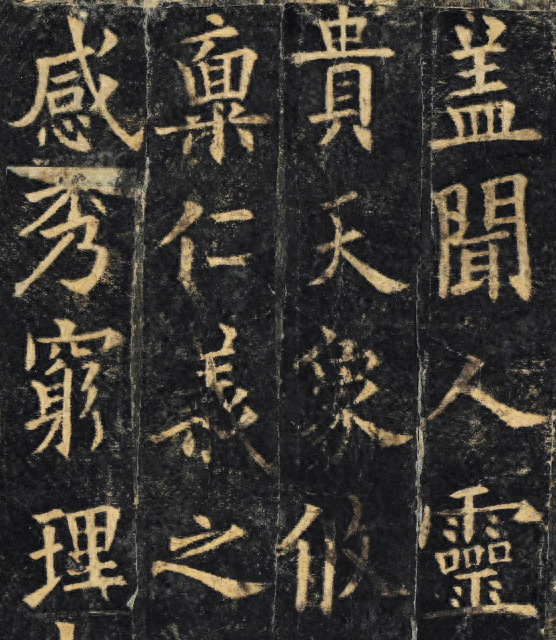
Moreover, this work is also recognized as the most exemplary and formal way to learn Ou Kai.
However, some calligraphers in later generations believe that another calligraphy work by Ouyang Xun far surpasses Jiucheng Palace and is the pinnacle of Ouyang Xun’s regular script. This work is the "Huadu Temple Stele", whose full name is "Huadu Temple" "Inscription on the Relic Pagoda of Zen Master Yong Yong".
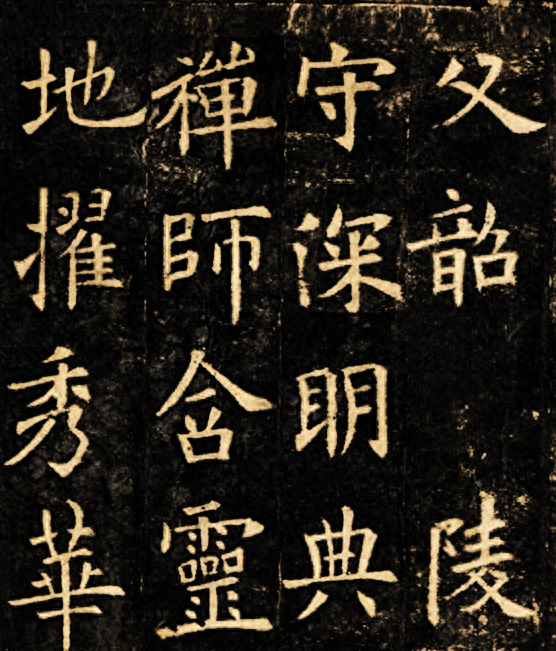
The reason why Ouyang Xun created this work is that in the fifth year of Zhenguan in the Tang Dynasty, Zen Master Yong of Huadu Temple passed away and built a stupa. Li Baiyao, a regular attendant of Sanqi, grabbed and wrote the inscription. Ouyang Xun wrote it in official script, with a total of 35 lines, each It contains 33 characters and was handwritten by Ouyang Xun when he was 75 years old.
Jiang Kui, a calligrapher of the Southern Song Dynasty, regarded this work as a masterpiece and believed that it was Ouyang Xun's pinnacle work. Later, calligraphers such as Zhao Ziang, Kang Lizishan, Wang Wenzhi, Li Dongyang, and Weng Fanggang all felt the same way. , Zhao Ziang even commented: "Of those who could calligraphy during the Zhenguan period of the Tang Dynasty, Ouyang Shui was the best, and the "Inscription on the Pagoda of Zen Master Yong" was also the best."
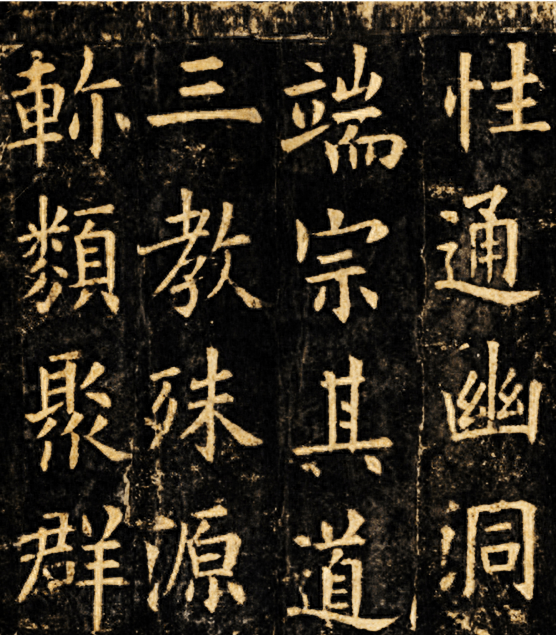
Weng Fanggang also said: "If we talk about the style of calligraphy in the Tang Dynasty, "Huadu" is first, "Liquan" is second, and "Yu Gong" is third. If we talk about the pursuit of Jin style, "Huadu" is first , "Yu Gong" came next, and "Liquan" came next."
Yes, Ouyang Xun's "Huadu Temple Stele" can indeed be regarded as a masterpiece of calligraphy art. It is a pity that the Tang rubbings unearthed in Dunhuang in 1896 were lost overseas. The first 2 pages and 39 words were obtained by the Frenchman Pelliot and are now in our collection. Bibliothèque nationale de France, last 10 pages and 187 words, acquired from Dunhuang by the Englishman Stein and collected by the British Library.
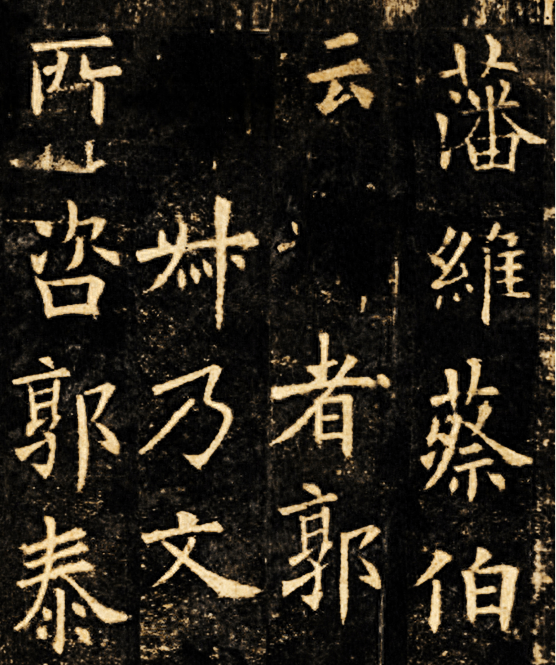
In addition to the "Huadu Temple Stele", there is another work written by Ouyang Xun that is also comparable to Jiucheng Palace. This is the "Yu Gonggong Stele".
The Monument of Duke Yu Gong is also known as the Monument of Duke Wen and the Stele of Wen Yanbo. Its full name is the Monument of Duke Yu Gong and Wen Gong of Tang Dynasty. Written by Cen Wen and written by Ouyang Xun.
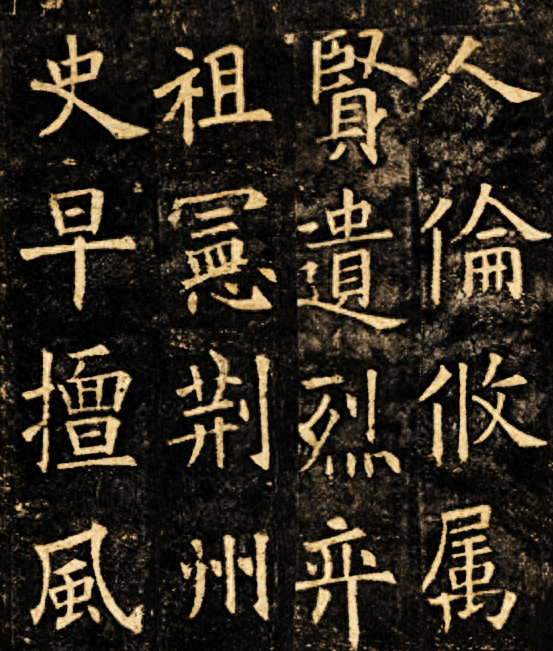
The structure of this work is rigorous and even, the calligraphy is straight and clear, the demeanor is graceful and luxurious, the style is ancient, the body is square and the strokes are round. It is a typical work in European books and is also the best in the art of calligraphy.
Today, we have made high-definition copies of the English and French editions of Ouyang Xun's "Huadu Temple Stele" and "Yu Gonggong Stele" and compiled them into a volume called "Three Types of Ouyang Xun's Regular Script" for everyone. I hope you will To be able to like.

——Editor banished immortals
Articles are uploaded by users and are for non-commercial browsing only. Posted by: Lomu, please indicate the source: https://www.daogebangong.com/en/articles/detail/zhe-cai-shi-ou-yang-xun-de-dian-feng-kai-shu-yuan-chao-jiu-cheng-gong-bei-liu-chuan-1000-duo-nian.html

 支付宝扫一扫
支付宝扫一扫 
评论列表(196条)
测试